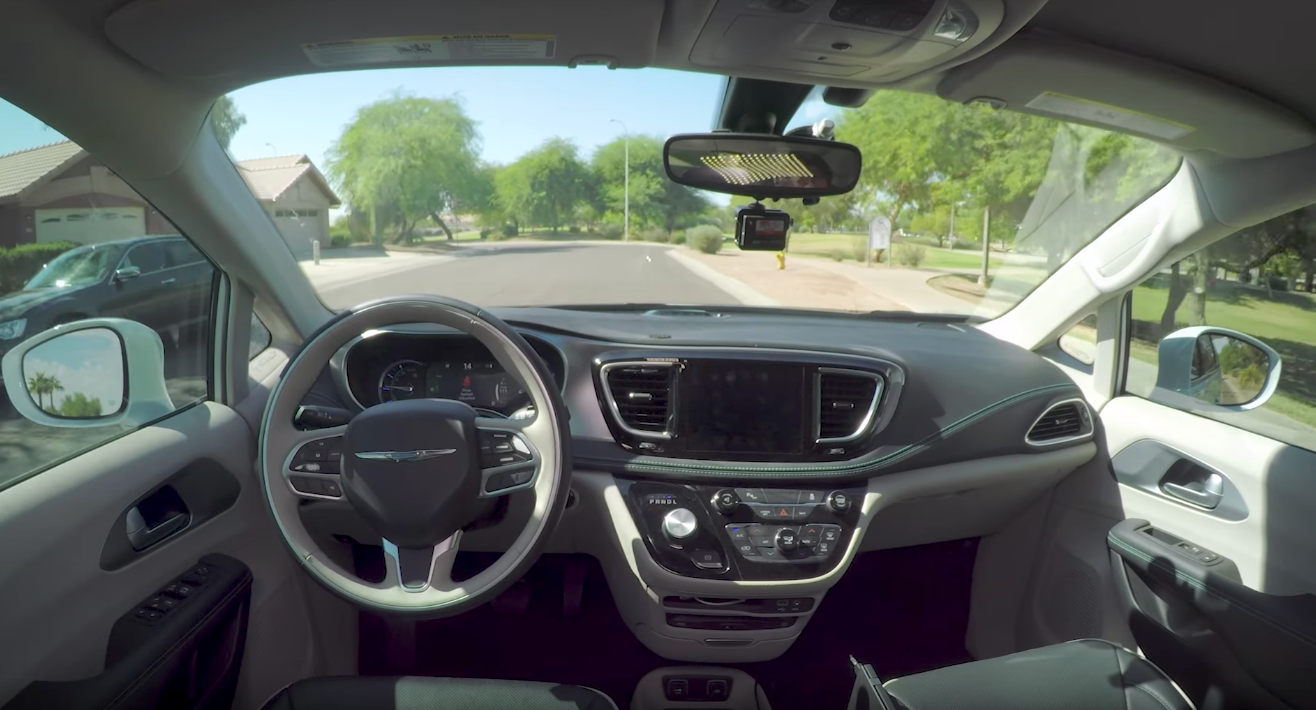Watch Waymo remove safety drivers from autonomous taxis for the first time
Google sibling Waymo now has driverless cars on public roads, with no one behind the wheel.
The autonomous Chrysler Pacifica minivans had kept safety drivers onboard, ready to take over in emergencies or when the vehicle fails to navigate on its own.
But Waymo has let its cars off the leash in Phoenix, AZ, giving them permission to drive entirely on their own. A demonstration video published on November 7 shows the cars providing lifts to passengers in the back seats. No one sits in the front seat.
Waymo, which is owned by Google parent Alphabet, says it will soon be using the vehicles as part of a ride-hailing service. Starting in a small metro area of Phoenix for now, Waymo says it will operate its fully driverless cars in an area the size of Greater London, spanning approximately 600 square miles.
To get to this stage, Waymo put its vehicles through what it calls "the world's longest and toughest ongoing driving test." The company has driven more than 3.5 million autonomous miles on public roads in 20 US cities. It's also conducted over 20,000 individual scenario tests at a private test track, teaching the vehicles how to react in difficult, rare and unexpected situations.
Waymo's self-driving software simulates driving 10 million autonomous miles every day, and in case all this isn't enough, every vehicle is equipped with backup systems for the steering and braking, plus a backup computer and power source capable of safely stopping the car if needed.
Looking to the future, Waymo says: "We can reimagine many different types of transportation, from ride-hailing and logistics, to public transport and personal vehicles, too. We've been exploring each of these areas, with a focus on shared mobility."
Unlike Tesla, which has its own dreams of full autonomy, Waymo is not interested in selling its vehicles to consumers. The California company said: "By giving people access to a fleet of vehicles, rather than starting with a personal ownership model, more people will be able to experience this technology, sooner...it'll be safer, more accessible, more flexible, and you can use your time and space in the vehicle doing what you want."
